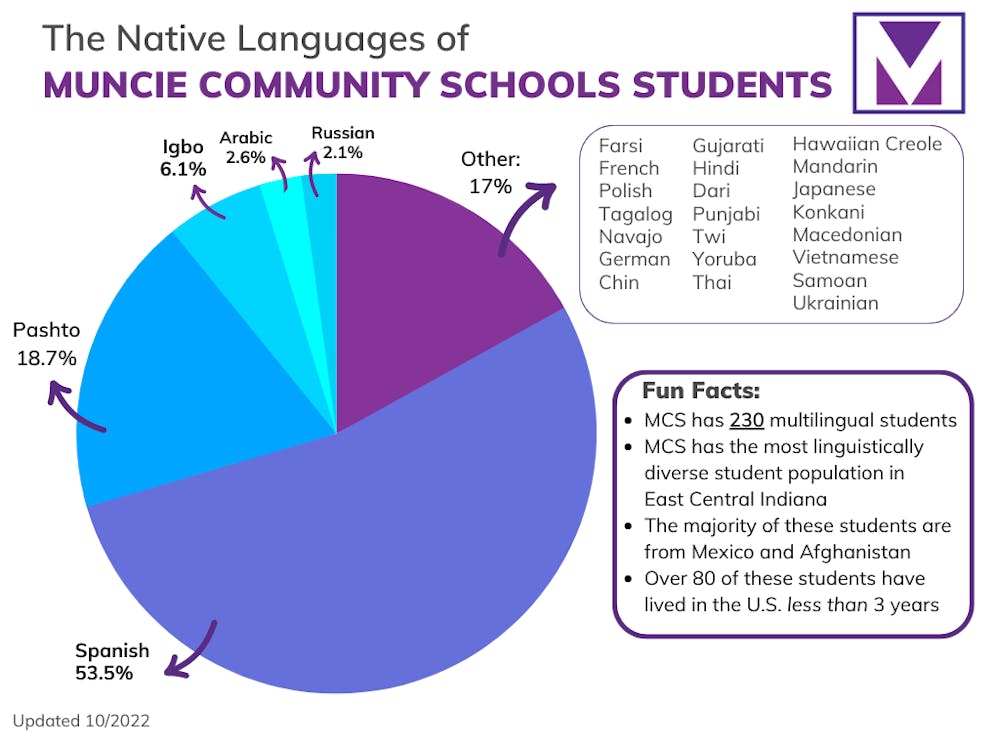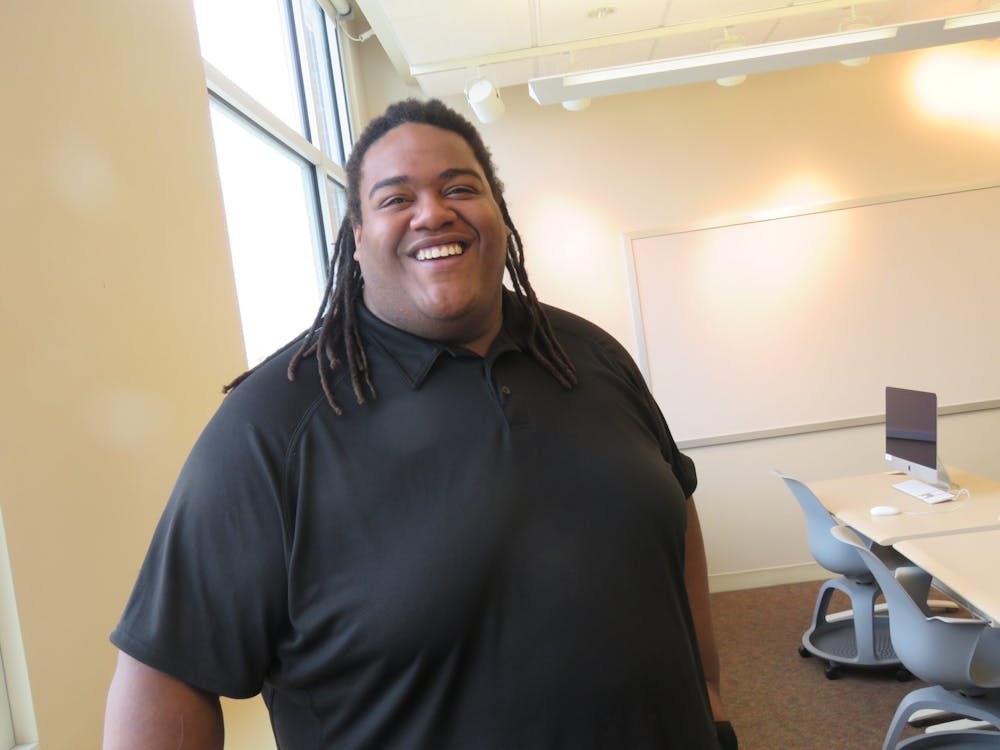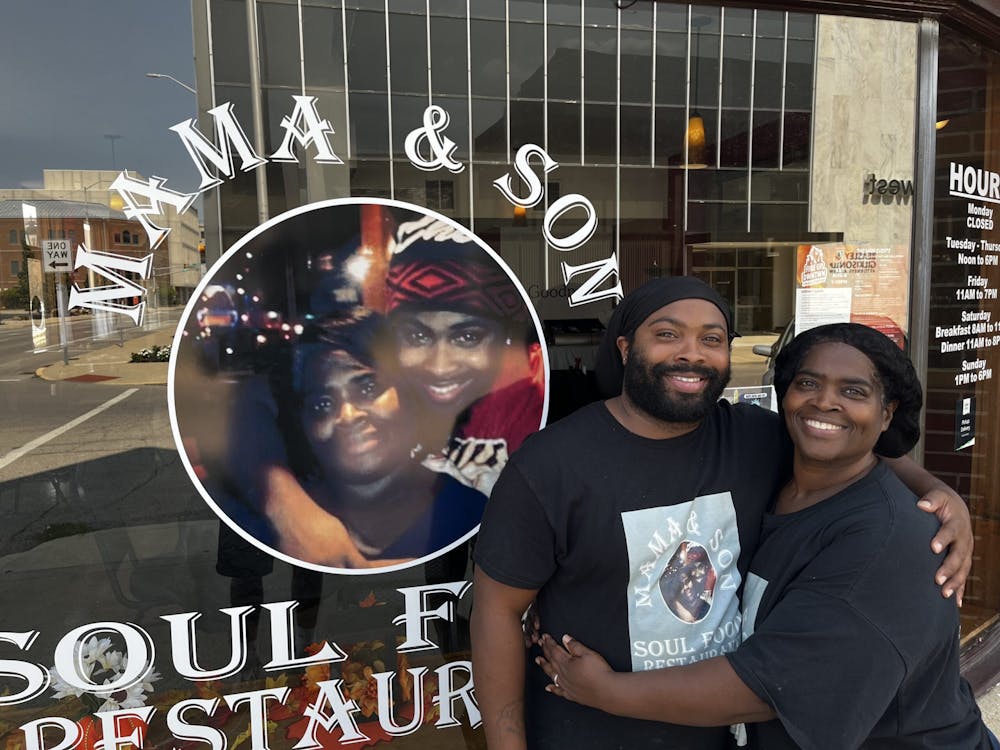Story by Jessica Norton / Inform Muncie
Editor's Note: This story was originally published in November, 2022
Q: What was your title while working for Inform Muncie?
A: Well, I was the instructor of the original group, so I lead those students on this endeavor.
Q: Can you tell me what the inspiration behind Inform Muncie was?
A: There used to be a publication in Muncie called the Muncie times, and it was an African American publication. The woman who founded it, her name was B. Foster, and she died in 2011. When she died, the publication went away. It was really a one-man show she did, she did it out of just sheer will. It was a very basic kind of publication that had obituaries and it had church announcements, very local.
I was thinking 10 years later, 10 years after her death, what would that look like today? What would that look like in an environment where we have a lot of underserved communities, that are not getting coverage?
Who’s paying attention to these things? What about putting people who are food insecure on a bus route so they can get groceries? What about health care? What’s the accessibility in Muncie? So that was my vision, to cover these stories for these audiences.
Q: Do you feel like you saw an impact once you started the paper?
A: Well, it was very early on, when we published it we did two versions of it. We did the original website and then we did two or three different newsletters which were basically a printed version of what was online. The idea was, we’d like to think everybody has access to the internet, but they don’t.
We would drop off copies of 8- or 10-Page newsletters in places like Rosebud Cafe, The Boys and Girls Club, YWCA, and places like that for people who may or may not have access to the internet. So yeah, I think we had some impact, but it was very early on
Q: What was your main focus while teaching your students?
While I think that serving those underserved communities is important, what is equally as important, at Ball State University and in the school of journalism is to teach students how to cover diversity. We hear these words thrown out; Diversity, Equity and Inclusion, right? What does that mean? What does it mean to cover that? What does it mean to learn how to cover a community that doesn’t look like you and sound like you or have the same beliefs as you?
And so, the real objective here was, yes, we wanted to cover the community and give audiences some content that they didn’t get otherwise. But we really wanted to teach students to cover and to really be serious about equity and inclusion.
What would you like to see in the future of Inform Muncie?
Learning how to best cover communities that are not able-bodied or who don’t use English as a first language, being able to do things in various languages. I think expanding the target niches, my students came up with this phrase of saying, you know, we want to cover all of Muncie. They said we’re going to cover all of Muncie because inclusivity should be everybody. So yes, I think casting a wider net on all the communities that get covered. Inform Muncie is about stories that people aren’t covering.




